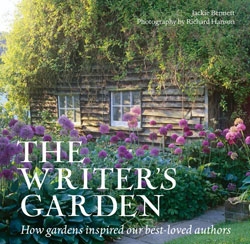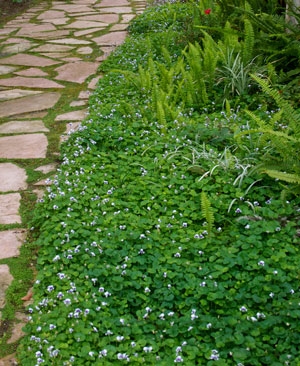
And if you think you need more to do, or you don't have any fruit trees, go buy some bare root ones and plant them! (If you are one of us that have no spare time this month, don't despair; you can still do these chores next month!)
There are all kinds of resources that will show you how to properly prune your kind of trees including books, pamphlets and YouTube demonstrations, so be sure to do your homework before you sharpen your tools and tackle this task. The same goes for planting bare root fruit trees.
They are showing up in garden centers now, but doing some research and deciding which variety is best for your tastes and location is good advice before you head out to buy one. They will require full sun and good drainage for a successful crop.
You may need to amend your soil before planting your tree but it will be worth it next year when you taste your first homegrown fruit!

If your list includes new homeowners or first time gardeners, “Sunset Western Garden Book” or “Pat Welsh's Southern California Gardening” can't be beat and will be used as reference guides for years to come. Are they talking about digging up the lawn and putting in a natural garden?
You might consider “Gaia's Garden, A Guide to Home-Scale Permaculture” or “California Native Plants for the Garden”. Are they doing their best to grow a vegetable garden but may need a little help or inspiration? Look at “Square Foot Gardening” or “Carrots Love Tomatoes”.
But what about the experienced gardener? Do you have someone on your list that could probably write his or her own gardening book? I guarantee all gardeners love to peruse a beautiful book full of inspiring pictures. Consider two gardening books that made the Amazon list of Best Books of 2014, “The Gardener's Garden” or “The Writer's Garden”. If you are shopping for me I'll take either of the last two!

Our speaker, Kay Havens, will tell you all you need to know about growing healthy roses. Afterwards, you can practice your pruning skills in the rose garden, guided by Master Gardeners.
For more information see http://uccemg.com/?calitem=257307&g=16069


They can be used to fill in around stepping-stones and under other plants. They make a great way to prevent weeds from taking hold and they add depth and a finished look to a garden by covering bare dirt. There are groundcovers for almost every kind of garden culture from damp shade to drought tolerant.
Whatever plant is used, they all need special care while getting established. They should be kept well watered until their roots take hold and integrate well into the native soil. Be sure to note the growing conditions where the groundcover is going to be planted and either consult a good reference book or visit a nursery that can help choose the plant that will grow successfully in your space.


